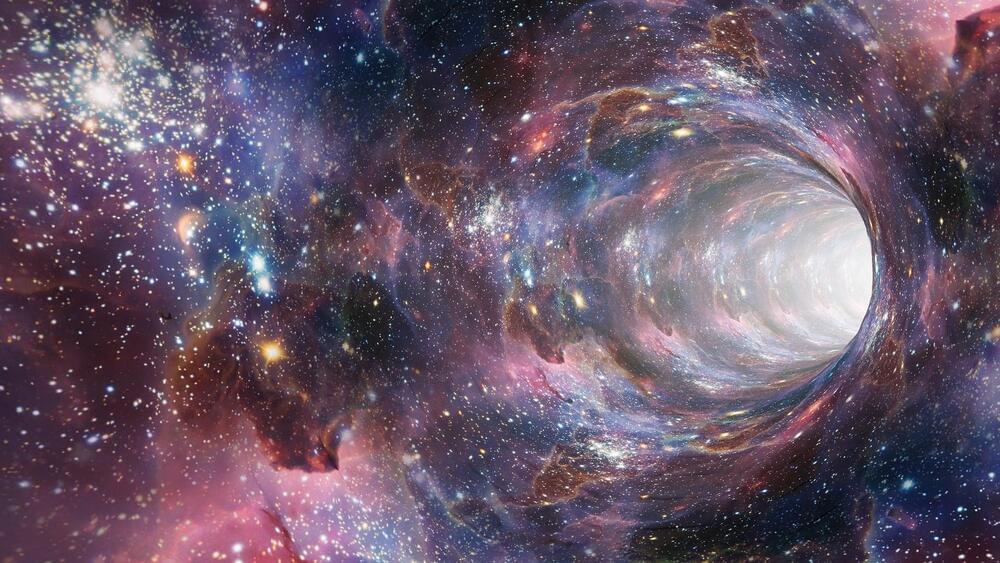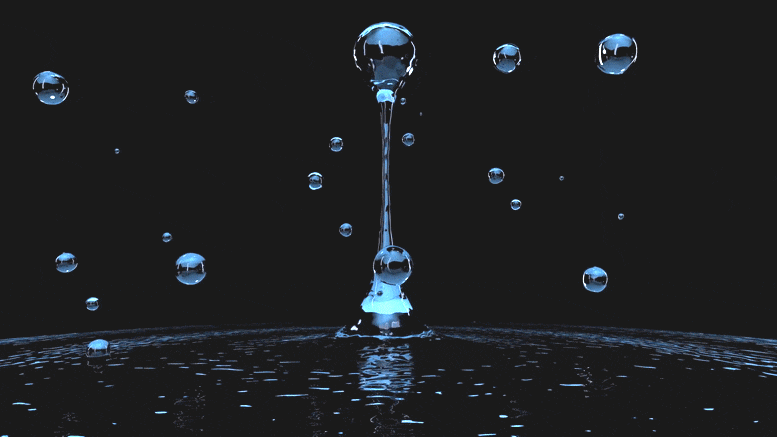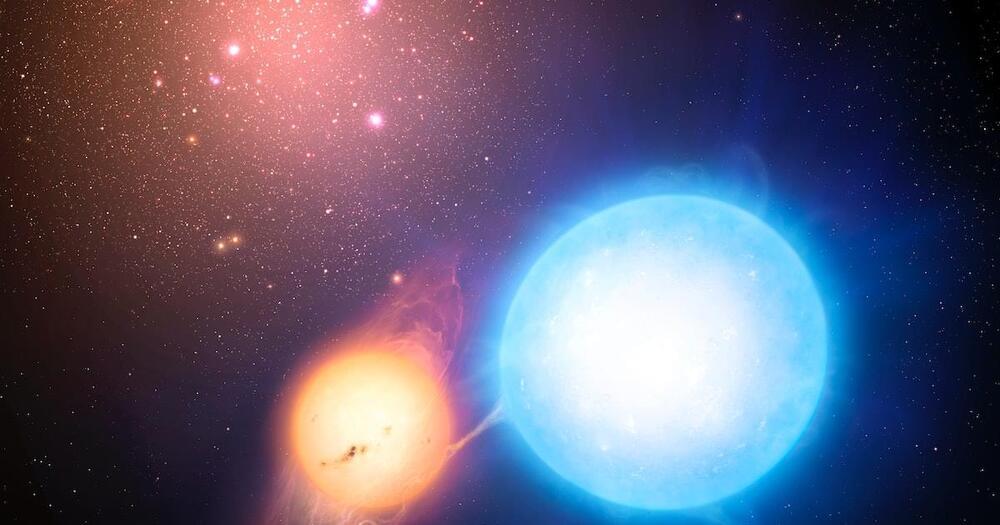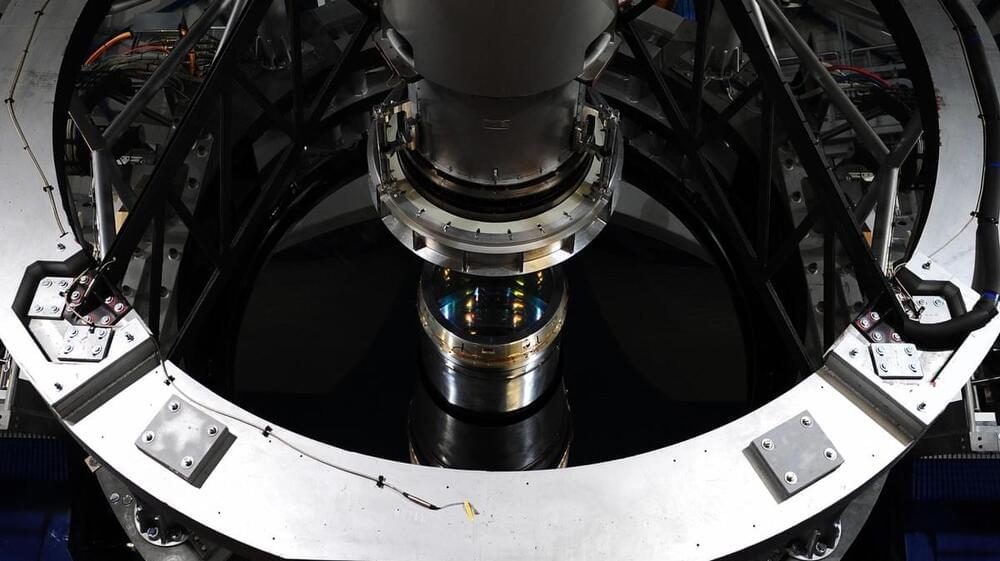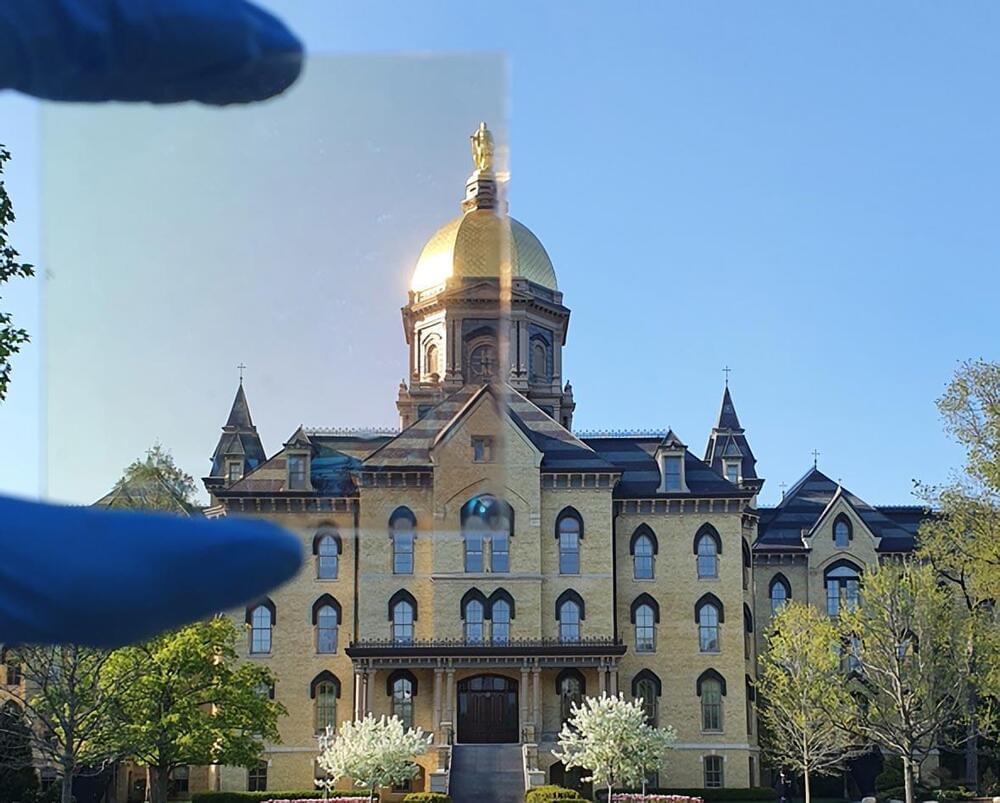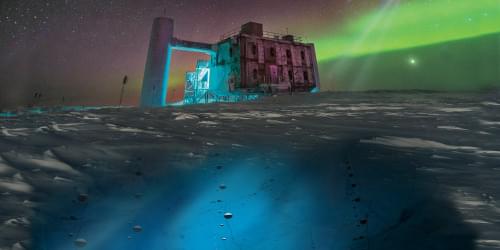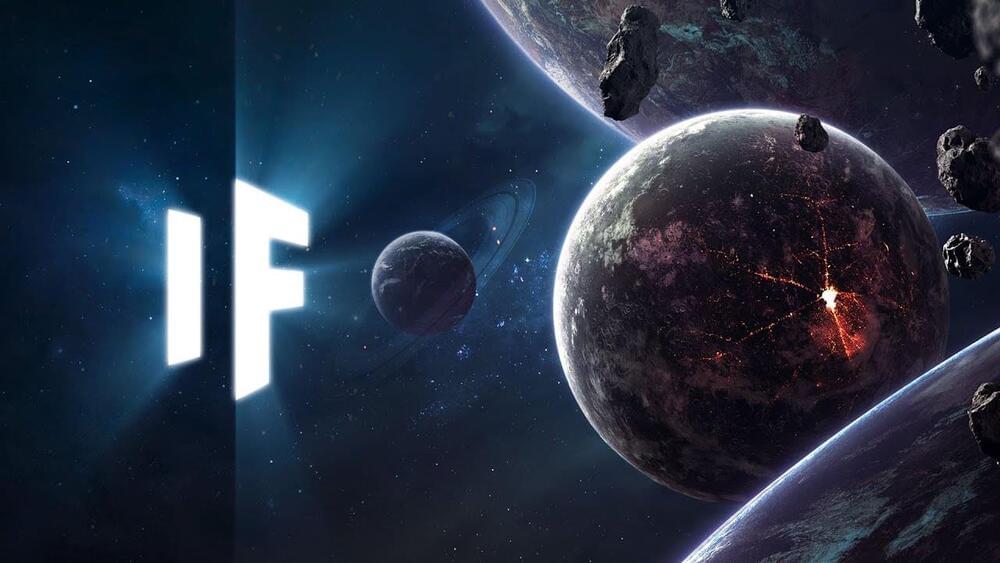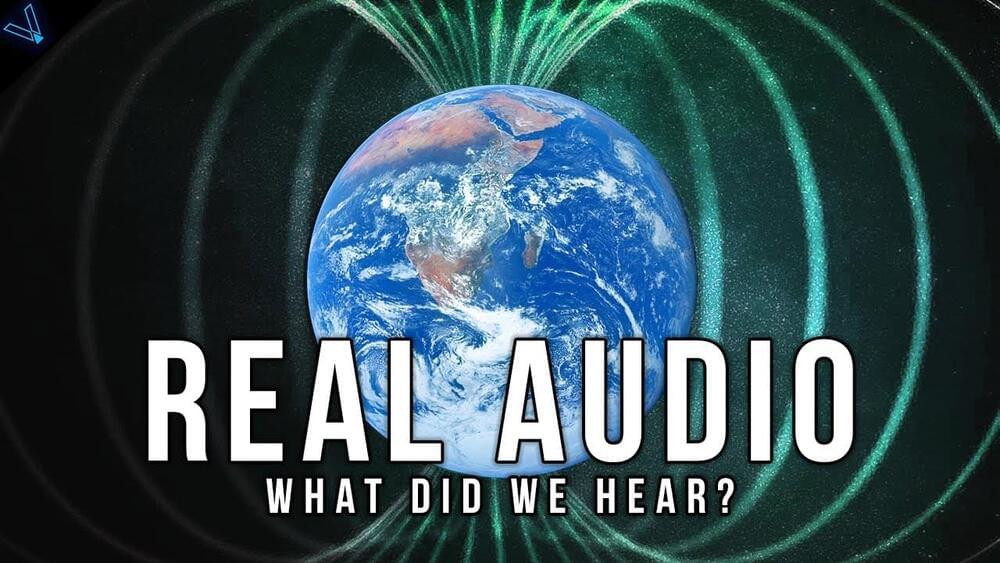
In 1911, physicist Heike Kamerlingh Onnes used liquid helium—whose production method he invented—to cool mercury to a few kelvins, discovering that its electrical resistance dropped to nil. Although mercury was later found to be a “conventional” superconductor, no microscopic theory so far managed to fully explain the metal’s behavior and to predict its critical temperature TC. Now, 111 years after Kamerlingh Onnes’ discovery, theorists have done just that. Their first-principles calculations accurately predict mercury’s TC but also pinpoint theoretical caveats that could inform searches for room-temperature superconductors [1].
Mercury is an exception among conventional superconductors, most of which can be successfully described with state-of-the-art density-functional-theory methods. To tackle mercury’s unique challenges, Gianni Profeta of the University of L’Aquila, Italy, and colleagues scrutinized all physical properties relevant for conventional superconductivity, which is mediated by the coupling of electrons to phonons. In particular, the researchers accounted for previously neglected relativistic effects that alter phonon frequencies, they improved the description of electron-correlation effects that modify electronic bands, and they showed that mercury’s d-electrons provide an anomalous screening effect that promotes superconductivity by reducing Coulomb repulsion between superconducting electrons. With these improvements, their calculations delivered a TC prediction for mercury only 2.5% lower than the experimental value.
The new understanding of the oldest superconductor will find a place in textbooks but may also offer valuable lessons for superconductivity research, says Profeta. A promising material-by-design approach involves “high-throughput” computations that screen millions of theoretical material combinations to suggest those that could be conventional superconductors close to ambient conditions. “If we don’t include subtle effects similar to those relevant for mercury, these computations may overlook many interesting materials or err in their critical temperature predictions by hundreds of kelvins,” he says.
